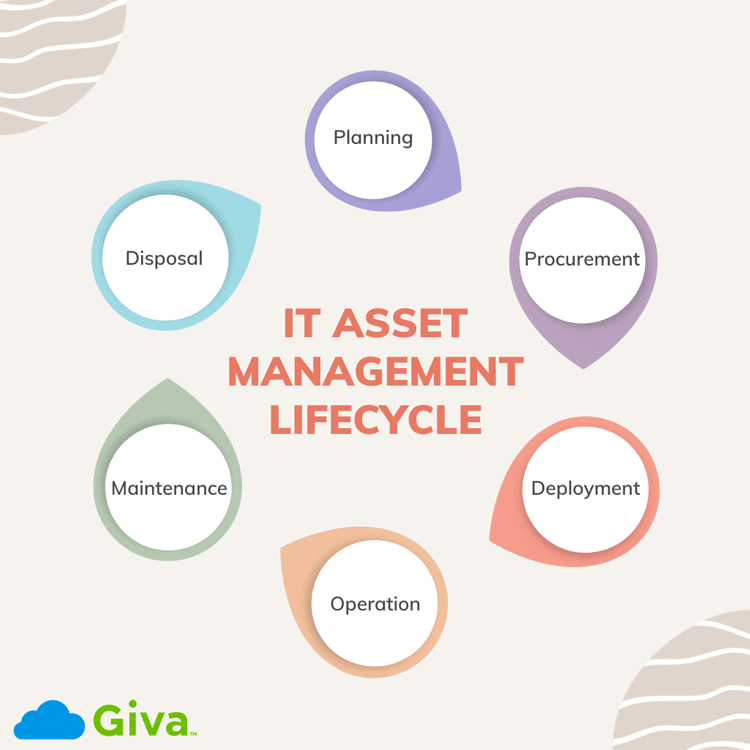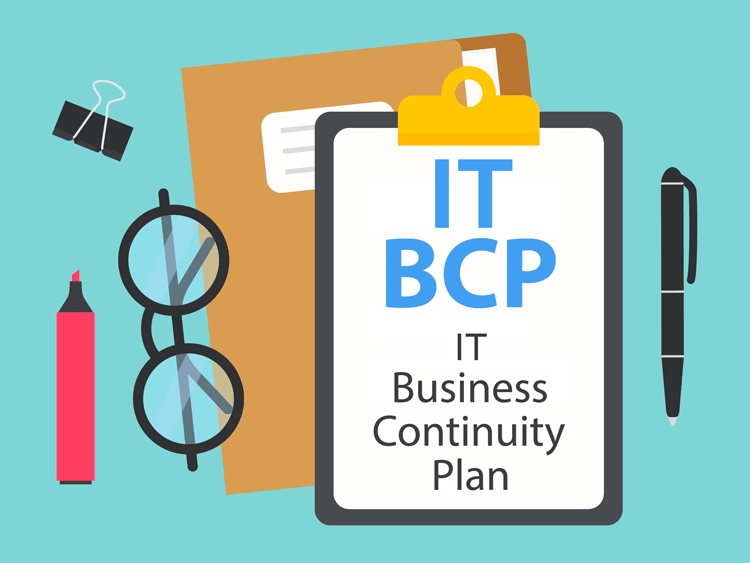What Is a Service Level Agreement in Business? SLA Meaning and Definition
So, what is the meaning of an SLA, or what does SLA stand for, anyway?
The term Service Level Agreement (SLA) is basically self-defining: two parties (service provider and customer) officially agreeing on the level of service by which they both are willing to abide. However, defining and creating an effective SLA between an ITSM team and the rest of the organization, or between a third-party provider and a business isn't always that easy.

What is an SLA?
Firstly, you need to understand what an SLA is, what you should include, and how to create one.
SLA Definition
A Service Level Agreement (SLA) is a contract between a service provider and a customer. It is used to define the scope, cost and quality of services that will be delivered by the provider, or an internal IT service management team (ITSM).
An SLA sets clear expectations around performance standards so both parties know what they're getting into before signing on the dotted line. Even when an SLA is between an internal team, other teams, and senior leadership, it's crucial to get this right as it defines the scope and expectations a company can expect from an IT department.
In this article, we cover what an SLA is in more detail, key components of an SLA, and how to create an SLA for an ITSM function.
An SLA should cover the following:
- Who in the IT team (or third-party provider) is responsible for what and when?
- How much notice needs to be given before changing terms?
- What will happen if either party fails to adhere to the agreement?
For more information, here are 3 Types of SLAs.
Key Components of an SLA
When it comes to defining SLA, there are many components that you can include, depending on the complexity and layers of IT services provided. These components are standardized for many SLAs, and constitute what you need for a working service level agreement for businesses. The following is a short-list of some of the most important components:
- ITSM Service Description: This section of your SLA should include information about what type of services an internal IT team will deliver (and what it won't), or comparable information from a third-party provider. With external IT providers, this will also cover the monthly cost and the cost of any additional services, such as emergency coverage outside of business hours.
- Service Availability and Performance Standards: This section details how often users can expect their systems or applications to be available at particular times during the day or year (e.g., 99.999% uptime). Ensure within the SLA that it outlines expectations around downtime management policies and procedures, so everyone knows who is responsible for making sure everything works smoothly when things don't go according to plan.
For more information, and a more in-depth look at this topic, here are 6 Key Components of SLAs
What Should be Included in an SLA?
- The service level agreement should include a description of the service, the customer, and the provider (whether that's internal or external).
- It should also include what aspects of each party's responsibilities are covered by the SLA. This can include things like security and availability, such as ensuring uptime is maintained as agreed, who is responsible for that, especially if other vendors are involved, such as cloud-based and Software as a Service (SaaS) providers for certain aspects of the service that an ITSM team delivers.
-
The SLA should define what will happen if there is a breach or violation of the terms agreed upon. When this is an internal team, failure to deliver might result in different kinds of penalties than for an external provider; e.g. a reduction in bonuses.
For example, if your business is responsible for providing an uptime percentage of 99.999%, then you shouldn't be penalized for downtime that's beyond your control (e.g., natural disasters). However, if you're responsible for providing an uptime percentage of 99.999% but fail to do so three times in four months due to negligence on your part — for example, because you didn't keep up with maintenance — then it's reasonable to expect some sort of negative consequence (like losing bonuses or a reduction in a retainer amount being paid).
-
It's important that all parties understand what metrics they will be measured against before signing off on an SLA contract. Otherwise, they might have different expectations about how well those metrics should be met over time and what constitutes "good enough" performance versus truly exceptional results from an ITSM team. That's also why having an effective ITSM and ITIL strategy is so useful for the smooth functioning of an IT team.
Also, this is where KPIs play such an important role in SLAs, and the tools used to measure these KPIs, such as first-contact resolution. Other KPIs and metrics include the number of tickets answered within the agreed SLA timescales, and those that go outside of those timescales for reasons beyond the control of the IT team.
How to Write an SLA
Before you begin writing your SLA, it's important to define your problem. Otherwise, you won't know how to solve it. For example, if you're an organization wanting to improve operational performance and reduce costs, such as by implementing a digital transformation project, then it makes sense to have those goals defined in an SLA before a project starts.
Don't worry about other teams' goals — just define yours! Make sure they're ambitious yet realistic so that when you start building an SLA around them (and these should always include measurable metrics), there's enough flexibility built into the system that allows for change without disrupting everything else you've worked so hard to achieve thus far. Even if this means tearing up an old SLA and starting again with new parameters and KPIs.
Writing an SLA involves setting out the following:
- Goals and expectations
- Key Performance Indicators (KPIs) and the metrics that will be measured, and how they will be measured
- Roles and responsibilities
- The tools and software an IT team or vendor will use to implement KPI monitoring for an SLA and IT service deliverables
For more information, here is a Sample SLA you can use to create an SLA for your organization.
Service Level Agreements are Essential in ITSM
SLAs are essential to IT service management. They help organizations to define the level of service that will be provided, making it clear what is expected from the service provider or an internal IT team.
SLAs are used in business and IT to ensure that your expectations for services, such as IT support, server uptime, and security provisions are achieved through formal contractual agreements between you and your IT vendors, and ITSM teams. This way, SLAs can also help identify any issues before they arise, and resolve problems when they do occur.
Other Things to Know About SLAs
- SLAs are not legal documents: They are not legally binding, and they are not enforceable in court. This means that a business cannot go to court if another party breaks their SLA by failing to meet agreed-upon service levels. However, if a contractual agreement is attached to the performance of an SLA and a third-party vendor consistently fails to deliver then they would be in breach of contract.
- SLAs should be written in plain language: If you're using complicated language or terminology that might confuse your customers (internal or external), it's likely they won't understand what you're trying to explain and outline — and they'll be less likely to sign an SLA with your team or company in the future as a result of this confusion.
- SLAs are service-oriented documents: Everything within an SLA should be considered from the customer's perspective, such as what they can and should expect, and what happens if things go wrong. Make it simple. Avoid too much jargon. Emphasize that you are going to do everything you can to deliver on or above expectations and how you will achieve the goals outlined in the SLA.
Conclusion and Key Takeaways for SLAs in Business
As you can see, there is a lot to know about Service Level Agreements, especially when running IT operations and services for large organizations.
These agreements help organizations define their service levels and ensure that they meet those commitments consistently. You should always have an SLA in place when you are providing services for customers or clients who expect a high-level of quality. It is essential for any organization looking to provide IT support, but it's also useful if your company has internal processes that involve outside parties such as IT vendors and SaaS partners.





